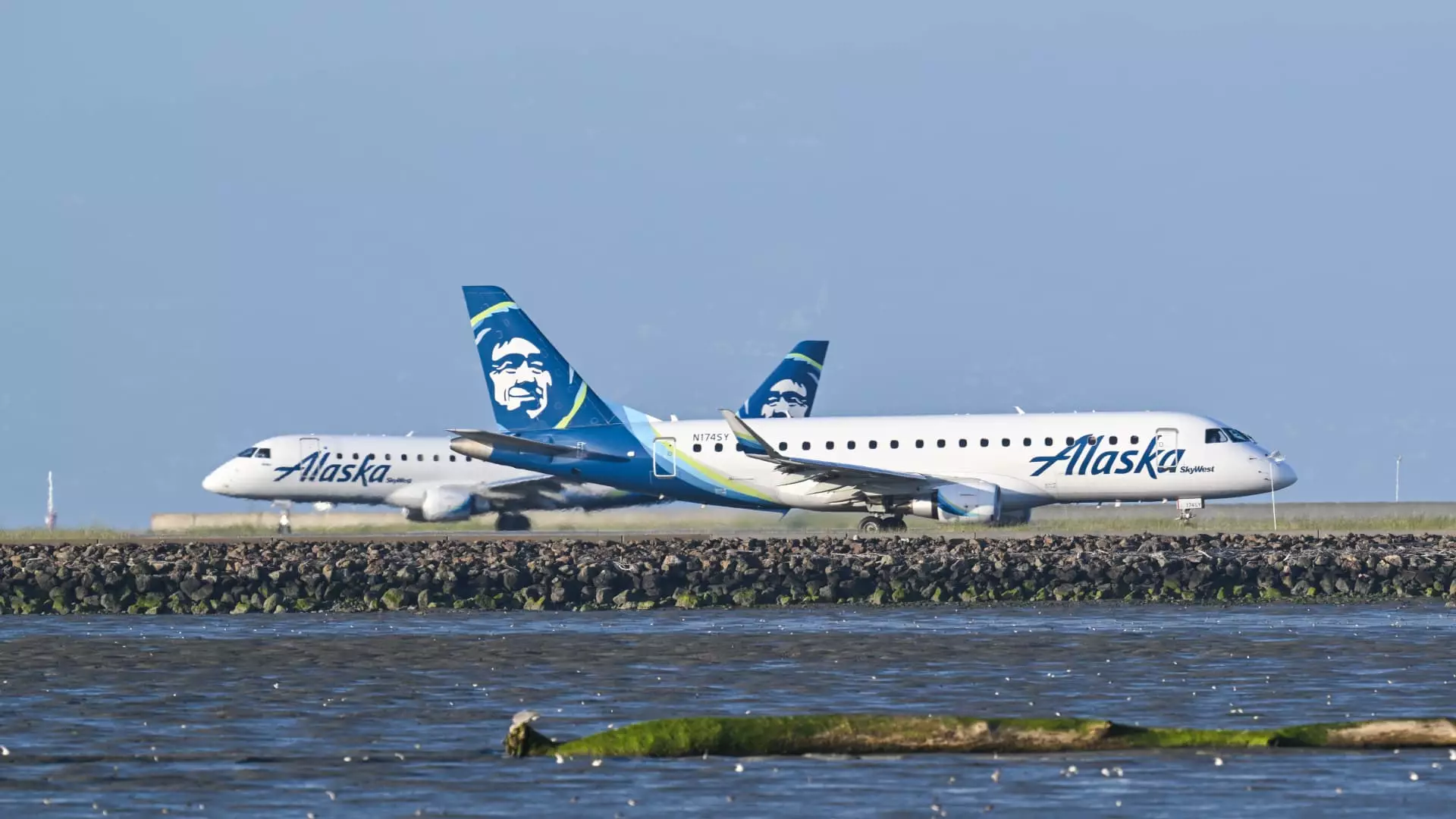In an ambitious move, Alaska Air Group has announced plans to enhance its profit margins significantly, aiming for an increase of $1 billion by the year 2027. This plan is strategically positioned to capitalize on the rising demand for high-end travel, a sector that has shown resilience and potential for further growth. With the recent completion of its $1.9 billion acquisition of Hawaiian Airlines, Alaska has positioned itself to tap into new markets and expand its service offerings across the Pacific region. By leveraging this acquisition, the airline hopes to enrich its portfolio and deliver a more comprehensive travel experience for its customers.
This strategic focus on premium travel options, coupled with the expansion into international routes, indicates a clear understanding of current market dynamics. Alaska Air’s decision to keep the two brands operating separately reflects a commitment to maintaining distinct brand identities while maximizing operational synergies—a move likely aimed at attracting a diverse range of customers.
Expanding International Reach: New Routes and Opportunities
One of the most significant developments coming from Alaska Air Group is its plan to launch nonstop services between Seattle-Tacoma International Airport and major international hubs such as Tokyo’s Narita and Seoul’s Incheon. These flights will utilize Hawaiian’s Airbus A330-200s, marking the airline’s first foray into the Asian market. Ticket sales for the new Tokyo route have recently commenced, while those for the Seoul flights are expected to open in early 2025, signaling a proactive approach to meet the anticipated demand for travel to major international destinations.
Alaska has also expressed ambitions to operate at least a dozen international destinations by 2030 using wide-body aircraft. This strategic planning suggests that the airline is eager to establish itself as a competitive player in the international market, particularly in regions that demand increased service capabilities. The projected pretax margins of between 11% and 13% by 2027 further underscore Alaska’s confidence in the success of these international ventures.
Recognizing the evolving preferences of travelers, Alaska Air Group is placing considerable emphasis on enhancing its premium offerings. The airline’s Chief Financial Officer, Shane Tackett, has noted a shift in consumer behavior, with more passengers willing to pay for premium economy seats and upgraded service. In response, Alaska is actively re-evaluating its premium seat offerings and is set to launch a new “premium” credit card in partnership with Bank of America. This card aims to capture revenue from customers outside of flight-related activities, further diversifying revenue streams.
Moreover, Alaska’s intentions to improve the seating experience on Hawaiian’s Airbus A330s highlight a commitment to prioritizing customer comfort. The surge in outright purchases of first-class and premium economy seats reflects a broader industry trend that airlines must adapt to in order to remain competitive. As rival airlines, such as Delta Air Lines, adjust their strategies to cater to similar demands, Alaska’s response will be critical in maintaining its market share, especially in the highly competitive Seattle region.
Despite its ambitious growth strategy, Alaska Air Group also faces significant logistical challenges, particularly concerning aircraft deliveries from Boeing. Recent issues, such as a door plug incident involving a Boeing 737 Max 9, have drawn attention to quality control challenges at the manufacturer. Alaska’s focus on ensuring aircraft quality over rapid delivery rates exemplifies a prudent approach, as operational safety must remain a top priority.
This predicament emphasizes the complexities inherent in the airline industry, where external factors—such as production issues and supply chain disruptions—can have serious ramifications on operational timelines and growth. Alaska’s careful navigation of its relationship with Boeing, as highlighted by Tackett, underscores the importance of fostering an atmosphere of collaboration and understanding regarding quality assurance.
Alaska Air Group stands at a crossroads, poised for significant growth while also confronting substantial challenges. The airline’s strategic emphasis on premium travel, alongside its ambitious route expansions and thoughtful customer engagement initiatives, represents a forward-thinking approach in a rapidly evolving airline industry. However, the ability to successfully manage relationships with suppliers like Boeing, while meeting the growing demands of travelers, will ultimately determine Alaska’s trajectory as it endeavors to reach its ambitious profit targets by 2027. As the aviation landscape continues to evolve, Alaska Air Group must balance growth with operational integrity to sustain its competitive edge.

